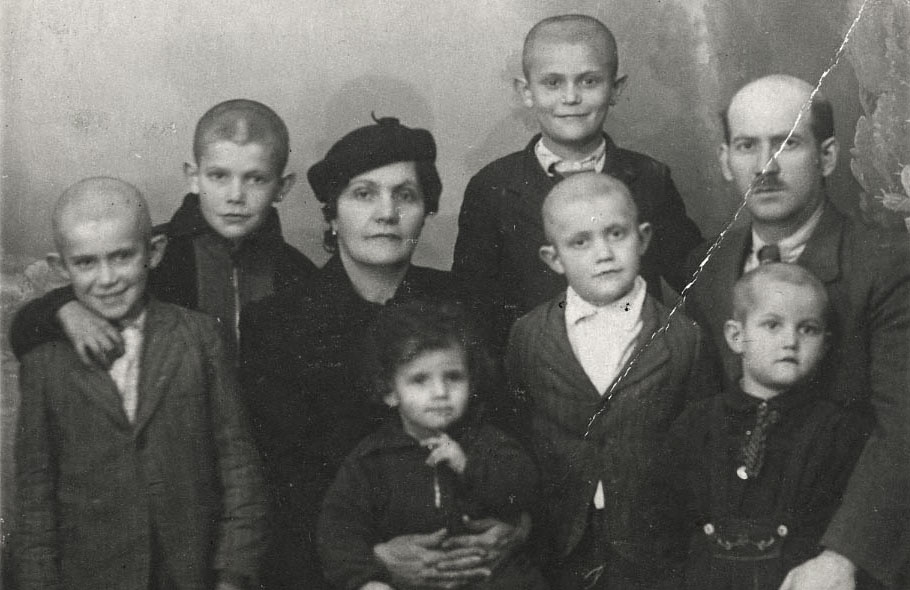Munkács, Subcarpathian Rus', Czechoslovakia (today, Ukraine)
On the eve of the Holocaust, Munkács (Mukačevo) was the largest and most important Jewish community in Subcarpathian Rus', Czechoslovakia. It was an Eastern European thriving community, known for its religious fervor, as well as substantial Zionist activities. In the final population census before the German invasion, conducted in January 1941, Munkács was noted to have 13,488 Jewish residents, some 42.7% of the total population of the town.
Following the Munich Conference agreements, Czechoslovakia was divided, and in November 1938, Munkács was annexed to Hungary. The livelihood of the Jews of the town was badly hurt, as well as their educational institutions and religious lives. Many young Jews were gradually conscripted to forced labor within the ranks of the Hungarian army.
On 19 March 1944, the German army invaded Hungary and occupied Munkács. Within less than three months, the peripheral Jewish communities were annihilated – including the communities in the Subcarpathian Rus' district – and the Jews of Munkács were sent to Auschwitz.
On 23 May 1944, the final deportation train left Munkács, carrying 3,080 people. These were the last Jews of the Munkács community on their way to Auschwitz-Birkenau.
After the war, Munkács was annexed with Subcarpathian Rus' to the Soviet Republic of Ukraine. Today, Munkács is known as Mukačevo, a city in Ukraine.
This is the story of the Community of Munkács.
Further reading:
Braham, Randolph L., The Politics of Genocide: The Holocaust in Hungary, New York, 1994
Jelinik, Yeshayahu A., The Carpathian Diaspora: The Jews of Subcarpathian Rus’ and Mukachevo, New York, 2008



